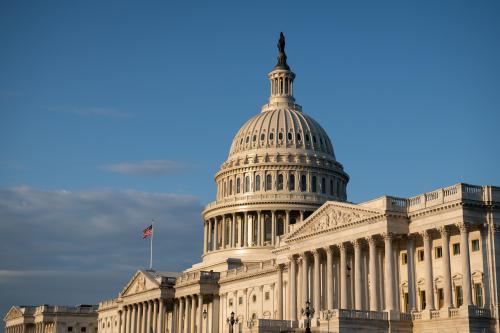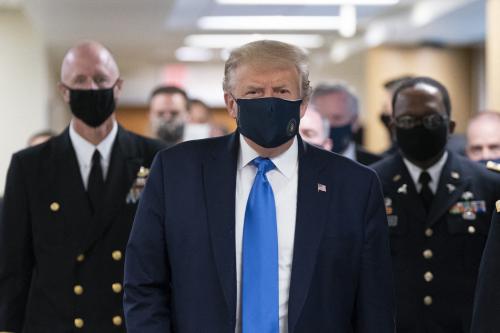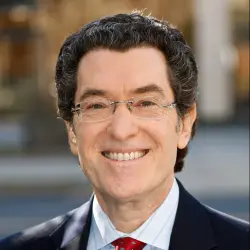One of President Trump’s most famous campaign pledges was that he would come to Washington and “drain the swamp.” Our new paper details his failure—and the challenges that other oversight authorities have faced—doing just that when it comes to the flood of coronavirus spending.
In recent weeks, the need for oversight of Trump administration coronavirus spending has reached an inflection point. There have been reports that 27 clients of Trump-connected lobbyists have received up to $10.5 billion of coronavirus relief funds; that beneficiaries have also included multiple entities linked to the family of Jared Kushner and other Trump cronies and political allies; and that up to $273 million was awarded to more than 100 companies that are owned or operated by major donors to Trump’s election efforts. In addition, unnecessary blanket ethics waivers have been applied to potential administration conflicts of interest and many other transactions meriting further investigation have occurred.
This inflection point is worsened by the Trump administration’s resistance to oversight. During negotiations on the CARES Act, the president claimed that he personally would “be the oversight.” He backed up that assertion with a signing statement after passage of the CARES Act stating that he would not treat some of the inspector general reporting requirements as mandatory. The Treasury Department followed his lead by initially refusing to disclose the recipients of Paycheck Protection Program funds. They only relented in the face of crushing public and congressional pressure, resulting in a bevy of startling disclosures that call out for oversight.
In “Addressing the other COVID crisis: Corruption,” we assess the challenges that the new coronavirus oversight authorities have faced in getting up and running, including from the White House. We explain the relative strengths and weaknesses of those authorities, and lay out a strategy for how they can do robust oversight in connection with the pandemic.
There are four principal new oversight structures whose work has barely begun. The two executive branch authorities appear already to have been threatened or adversely affected by President Trump, putting more pressure on the two congressional structures to achieve high functioning. It should be no surprise that the one oversight body that was quickly chaired and staffed has been the most active so far. The U.S. House Select Subcommittee on the Coronavirus Crisis has held frequent hearings and launched several campaigns aimed at recovering money or obtaining information. While its efficacy has been diminished at times by partisanship, the Subcommittee’s pace stands in contrast with the other oversight bodies that were slow to receive leadership and begin their work.
Drawing from prior crises, we believe that there are three things these new oversight authorities can—and must—do to meet the urgency of the moment:
- Fast disclosure. This is necessary in order to spot trends and adjust on the fly. The faster the information is available, the easier it is to analyze before detrimental effects of misdirected funds have time to fester. Speed is particularly crucial now since so many of the affected businesses are small private companies without access to funds via the public markets.
- Complete disclosure. The more information is available, the easier it will be to assess the holistic impacts of the funds, instead of working in the dark with known unknowns. The oversight bodies in the 2008 financial crisis established a process for reviewing the efficacy of disbursement of allocated funds, and twelve years of improvement in data analytics should enable the current oversight bodies to pick up where they left off and do even better—but to do that, they need as much data as possible.
- Deconflict oversight. The four oversight bodies have varying powers and overlapping areas of responsibility. To the extent feasible, they should communicate to ensure they are not redundantly covering the same ground and are each using their given powers to maximize their efficacy.
The existence of vigorous oversight will ensure that the money disbursed by the CARES Act gets to the people who need and are entitled to those funds. Conversely, inadequate oversight will mean favorable treatment for friends of the president and less relief for struggling small business owners and other American firms and individuals. The former is essential and the latter, abhorrent.







Commentary
Trump’s coronavirus swamp
July 22, 2020